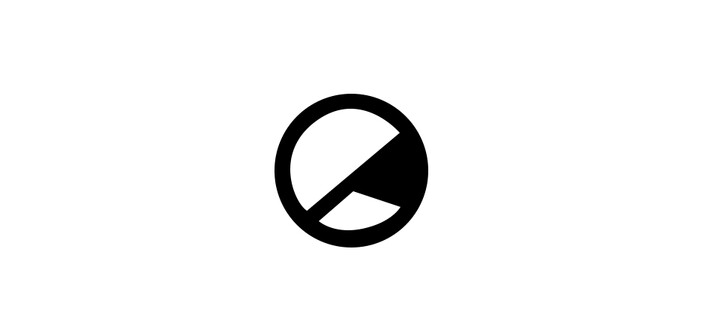Doing away with the complexities of Birdman, Alejandro G. Iñárritu returns with a simpler - yet immersive - story, one that comes with a powerhouse performance from Leonardo DiCaprio, as well as some immensely breathtaking cinematography and camerawork.
-
10
In 2014, Alejandro G. Iñárritu concerned himself with the narrative of a man’s unquenchable desire to return to the public eye; to be praised and adored, while also seeking a sense of self-fulfilment. The critically-acclaimed Birdman earned Iñárritu many awards, and now, little over a year later, the director is again telling the tale of one man’s return, albeit a much older (and chillier) tale: The Revenant.
Iñárritu dispenses with the meaning of happiness and superficialities of show business in the 21st century, turning his eye instead back to 1820’s Montana, following a group of fur trappers, lead by Domhnall Gleeson’s Captain Andrew Henry. This cold and stark setting allows Iñárritu to take things right back down to brass tacks, primarily through the story of Hugh Glass’s (Leonardo DiCaprio) unrelenting fight for survival, all so that he can gain revenge against the man who did him wrong (Tom Hardy as John Fitzgerald).
The result is a unique kind of marriage between brutality and beauty. On a whole, The Revenant looks absolutely stunning – as is to be expected when Iñárritu partners up with cinematographer Emmanuel Lubezki, having previously worked together on Birdman. As a team, they were committed to shooting every second of the film in natural light, and it shows: some of the shots in The Relevant are truly jaw-dropping. That being said, while these wondrous shots of nature in the snowy woodlands of Canada and Argentina may drop the audience’s jaws, the action sequences will ensure that they hit the floor.
The opening of the movie sets this tone. We see Glass with his son (Forrest Goodluck), separated from the rest of their frontiersmen, aiming at an Elk across a tranquil body of water, soon interrupted by the sounds of Native Americans attacking their camp. The visuals that follow are visceral yet technically amazing, as the camera follows a character until they are killed, then without hesitation changes course, following the murderer, repeating this pattern, refusing to desist, plunging into the water along with the character when needs be. All of this cements this sequence as one of the greatest battle scenes in recent memory, while also heavily hinting at the savagery to follow, whether it’s with the inevitable and intense Bear vs. Leo showdown, or the primal presence of nature itself, as it piles up the odds against Glass.
It is after this aforementioned grizzly bear attack – as well as Fitzgerald leaving Glass for dead – that DiCaprio really proves that The Revenant is very much his show, turning in a tour de force performance. Though Iñárritu and Mark L. Smith’s screenplay doesn’t give DiCaprio much in the way of dialogue, he is able to convey Glass’s desperate internal and external struggles with a certain kind of raw physicality that you rarely see in movies. Oddly enough, this is comparable to his comedic role in The Wolf of Wall Street, where an ill-fated interaction with Quaaludes renders DiCaprio’s character unable to walk or speak properly. This in itself proves that DiCaprio has become an expert in his craft; while in The Wolf of Wall Street he was using this physicality to get laughs, here in The Revenant he is able to unsettle his audience, perfectly portraying a man who is barely clinging on to each heavy breath.
This absolute tenacity displayed by Hugh Glass may pose as a problem for some viewers – along with the almost mystical dream segments – due to the unbelievability of the situations. It should be noted however, while Glass’s story is very much rooted in fact, it has evolved into a folk legend of sorts, something that Iñárritu runs with, and uses to the film’s advantage. This is is enhanced, for example, by the dramatic and urgent score composed by Ryuichi Sakamoto, Bryce Dessner, and Alva Noto, apparently spurring Glass along at points.
While it may very much be DiCaprio’s film acting-wise, there is a lot to say about the rest of the lead performances. As a member of the Ex Machina trifecta, Gleeson is of course terrific, playing a leader of men, although a more well-mannered and moral captain, compared to his recent turn as the bone-chilling General Hux in The Force Awakens. Tom Hardy is given the most to work with vocally, giving yet another transformative performance, chewing up the scenery. The surprise in the cast however is Will Poulter, as the earnest and unlucky Jim Bridger, and it will be interesting to keep an eye on what the young actor does next.
What we essentially have here is some of the best working actors in 2016, against some of the most astonishing visuals ever seen on film. Though The Revenant may feel a little long at times, every extra minute is worth it just to see more of Iñárritu’s vision unfold, and to watch Leonardo DiCaprio do his thing.
The Revenant (2015), directed by Alejandro G. Iñárritu, is distributed in the UK by 20th Century Fox. Certificate 15.




